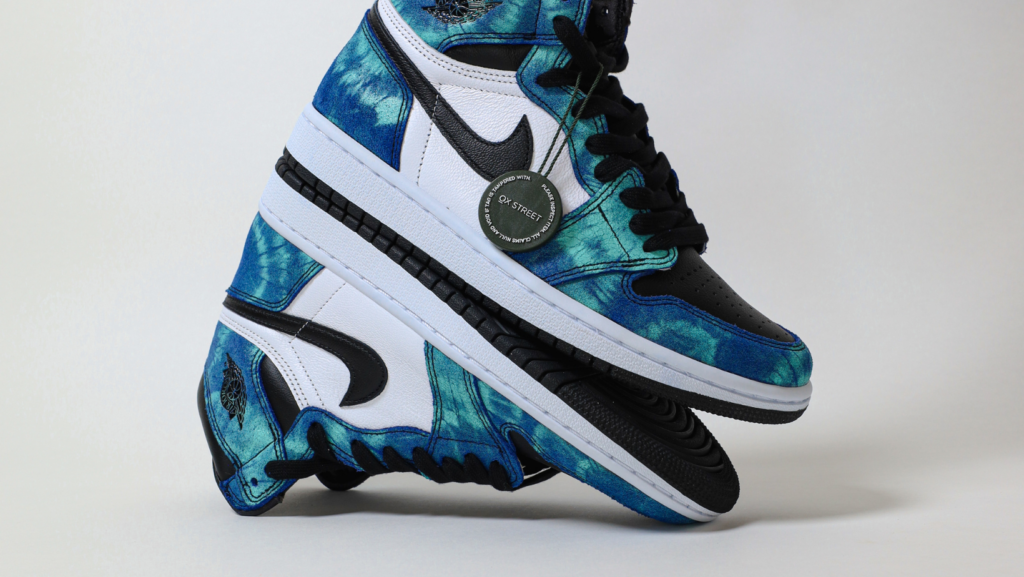[ez-toc]
Immerse yourself in a journey through time as we explore the iconic legacy of Retro Jordan. These aren’t just shoes, they’re a symbol of style, performance, and most importantly, a tribute to the basketball legend, Michael Jordan, the highest-paid player.
From the court to the streets, Retro Jordans have transcended the boundaries of sportswear, becoming another transfer and cultural phenomenon. They’ve stood the test of time, consistently redefining the sneaker game with their innovative designs and groundbreaking technology.
Retro:8hk3lgjipa8= Jordan
 The rich tapestry of Retro Jordans began taking shape in the mid-80s, and it’s a tale that intertwines sports, fashion, and culture.
The rich tapestry of Retro Jordans began taking shape in the mid-80s, and it’s a tale that intertwines sports, fashion, and culture.
Retro Jordans trace their origins back to 1985, the year Nike released its first pair of Air Jordans. These sneakers showcased bold, red and black colorways that deviated from the traditional white basketball shoes of the era. Following Jordan’s soaring popularity on the court, this series experienced a rapid evolution. By 1997, Nike released 13 different models, each sporting distinct design tweaks and innovative technology upgrades.
For example, visible air units got introduced in the Jordan 3, while the Jordan 11 boasted patent leather. Transpiring each year, the launch of a new Retro Jordan model became a vibrant event in the sneaker world, building anticipation and curiosity among enthusiasts.
The Impact on Sneaker Culture
Significantly, Retro Jordans disrupted the sneaker culture, transforming it into a dynamic world encompassing style, performance, and storytelling. Each pair released, resonates with a piece of Michael Jordan’s legacy, making it more than just a shoe. It is indeed a piece of basketball history, resonant in every angle, curve, or color of the sneaker.
Key Features of Retro Jordans
 Harnessing style, comfort, and a tribute to a basketball legend, Retro Jordans showcase key features that set them apart in the sneaker world. Emphasizing design innovation and material comfort, this section explores the unique characteristics that define this iconic footwear.
Harnessing style, comfort, and a tribute to a basketball legend, Retro Jordans showcase key features that set them apart in the sneaker world. Emphasizing design innovation and material comfort, this section explores the unique characteristics that define this iconic footwear.
Retro Jordans boast innovative designs that deviate from the sneakers norm, establishing them as a symbol of style. Bold colorways, invented with the first Air Jordans in 1985, punctuate this trend. Each model in the series unveils design tweaks, elevating the annual event of a new Retro Jordan release into a spectacle.
Limited editions that quickly sell out aren’t a rarity, underscoring the mass appeal of these design-forward sneakers. Rare models trigger a fervor amidst collectors and resellers, intensifying the allure surrounding new releases. This design innovation imbues sneaker culture with unique storytelling elements synonymous with Michael Jordan’s legacy. Moreover, it influences other brands, inspiring them to adopt similar storytelling techniques.
Iconic Retro Jordan Models
Embarking on a journey through the iconic Retro Jordan models uncovers a trajectory of innovation and design mastery. Delve into the world of the Air Jordan 1, Air Jordan 3, and Air Jordan 11.
Air Jordan 1

Introduced in 1985, the Air Jordan 1 redefined the sneaker world, as the first-ever signature shoe of basketball legend, Michael Jordan. Boasting a classic high-top design, it came characterized by bold colorways, marking a break from conventional sneaker trends.
Noteworthy is its iconic “Black/Red” colorway, often credited for revolutionizing sneaker aesthetics. The Air Jordan 1’s construct incorporates a Nike Air unit in the heel. This feature assures cushioning to deliver comfort without compromising performance. Over the years, the Air Jordan 1 has seen releases in various styles, materials, and color schemes, always retaining its iconic status in the sneaker world.
Air Jordan 3
Defined by its distinctive Elephant Print and visible Nike Air cushioning, the Air Jordan 3, released in 1988, solidified its place in sneaker history. It was the first Jordan model to feature a mid-cut design, providing enhanced ankle support.
Its design innovation lied in the introduction of the Jumpman logo, which became the de facto symbol of the Jordan Brand. Apart from these, the Air Jordan 3’s durable leather upper and performance-enhanced cushioning reinforce its legacy as an enduring sneaker icon.


More Stories
The Must-Have Accessories: Connected Accessories That Make Cryptocurrency Management Easier
All The Special Things Kahnawake License Offers For Business
Captivating Beauty of Beautiful:wymxcxq3ndy= Sunset: Art, Science, and Photography Tips